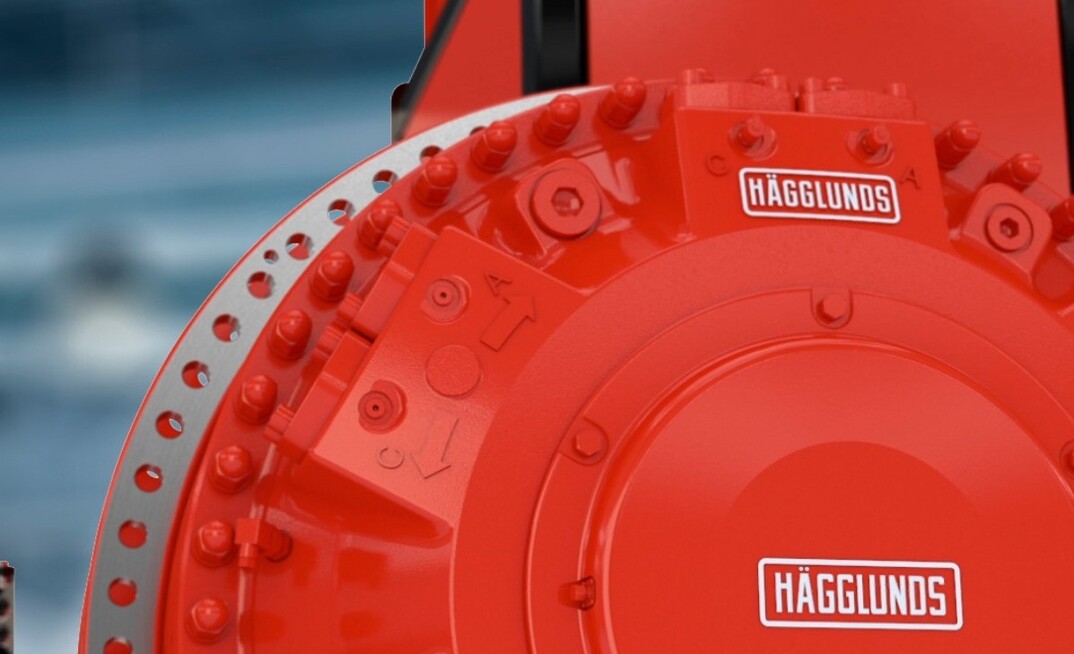Hägglunds Inside Intelligence uses smart technology within the drive system of equipment to provide instant analysis, real-time advice and condition monitoring, as well as predictive maintenance. GeoDrilling International spoke to Ashok Amin, mining segment manager of the Americas at Hägglunds, to find out how predictive maintenance and predictive analytics are helping miners meet their challenges. Hägglunds, a Bosch Rexroth company, is a finalist in the awards of GDI's sister title Mining Magazine.
Have you seen greater adoption of predictive analytics from mining companies for monitoring and maintaining their equipment?
The mining industry is constantly having to figure out ways of improving efficiency. It is challenging because all the low-hanging fruit is gone. The industry is definitely becoming more innovative. Predictive analytics can help them gain productivity and meet demand, which is growing exponentially. Tools such as condition monitoring and sensors can increase reliability and reduce downtime.
How important is it to share innovations and best practices?
In the engineering field, you find an idea, and whether it is used in the computer industry, healthcare or the chemical industry, you use it because the challenge is similar. For example, a conveyor for material handling can be used widely in many different industries and is adapted pretty quickly. It is the same with predictive analytics tools.
You mentioned reducing downtime, but are there any safety benefits?
Absolutely. Before something critically blows up, you get warnings, you get symptoms, and if you analyse trends, you can see when wear is happening, and some maintenance is needed before [the equipment] fails.
Does using predictive analytics mean you can move from regular scheduled maintenance to maintenance only when necessary?
Sometimes, yes, and the data miners can collect means they can identify trends for long-term planning, identifying priority tasks. When you identify patterns, that can help a lot of big companies that operate in multiple locations.
How can companies decide whether or not to invest in new technologies like these?
There are some basic, simple techniques you don't need to overcomplicate. For example, conveyors can be fairly simple, but you still want it to run around the clock for many years. Materials used as components [in conveyors] have also improved the design, including lubrication. In some cases, a small, marginal cost might improve reliability by two or three times.
So it is worth it. At Hagglunds, you have the Inside Intelligence service that provides condition monitoring, real-time advice and predictive maintenance. Has that been successful for mining customers?
Customers have seen the benefits. Many of them were initially trying to save costs, but now we can show the difference for those who have used those improvements and those who have not. [Those who have not] end up paying more and have more downtime, so now I think [the word] is spreading, and people see it. People can run more of their machinery remotely, and now we see that the challenge is in underground mining. You cannot risk having too many people underground, but most of the machinery can be monitored from above ground and everything can be seen from the top. It all goes hand in hand – productivity, reliability, and fewer humans being involved [directly] in the operations.
Are there any good examples of this in action?
At the Kennecott Copper Mine, they have a large mobile machine with a feeder. We supplied the drives, and it is the largest feeder in North America. It has all these condition-monitoring sensors installed, and it can operate automatically [without a driver].



















